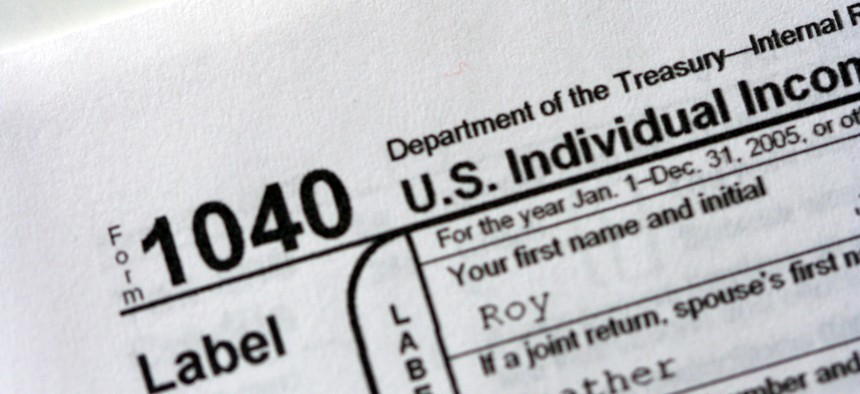Tax Planning in a Time of Change
The impact of tax reform on federal employees and retirees.
With the holidays out of the way, it’s time to look out for those W-2 and 1099 forms and think about filing your annual tax return.
The transition to retirement has significant tax implications, so tax planning is a big part of retirement planning. In addition, there has been a recent major change to the tax code, which only adds further challenges to tax planning.
Since I’m not an accountant, I thought I would call on my associate, Bob Leins, who is a CPA, for help. Here are some tips from Bob and a few things to know about taxes and your federal retirement:
- An individual retirement arrangement contribution for 2017 can be made as late as April 17, 2018. This provision applies to both traditional and Roth IRAs. Use IRS Form 8606.
- If you file a joint tax return, you can contribute up to $5,500 to a spousal IRA for a spouse who doesn’t work outside the home ($6,500 if the non-working spouse is age 50 or older at the end of 2017).
- If your earned income is below a certain amount, you may be able to claim the earned income tax credit. A tax credit is a dollar-for-dollar tax savings.
- If you attended a college or vocational course relative to your profession in 2017, you may qualify for a Lifetime Learning Credit or an American Opportunity Credit.
- You can claim a child tax credit as well as an exemption for a baby born in 2017. Married couples filing jointly can claim a $1,000 credit if their income does not exceed $110,000. It is phased out above that income level. See IRS Publication 508 and Form 2441. For 2018, this credit will be enhanced.
- When preparing your 2017 tax return, if you find a missed opportunity in a prior year, you can file an amended return to correct and receive a refund, if applicable. This can be filed as far back as 2014 (but the amended 2014 return must be filed by April 17, 2018). Use IRS Form 1040x.
Tax Law Changes
Provisions in the new tax law law went into effect on Jan. 1, 2018. According to the IRS, employees should begin to see withholding changes in their paychecks in February. The exact timing depends on how long it takes employers to implement the changes and how often employees are paid. It typically takes payroll providers and employers about a month to update withholding changes in their systems.
“I believe the Office of Personnel Management, like many other public and private organizations, is starting out very behind because of the magnitude of changes,” says Bob. “The immediate biggest change for OPM and federal agencies will be federal and state tax withholding for employees as well as retirees.”
As for trying to calculate your own withholding, “the guidance I’m giving people is to give it time for tax projection programs to become available,” Bob says. “The labor to project this manually is burdensome. The only way to know what actually needs to be withheld is to take the prior year’s returns and assume the 2018 return will be relatively the same and then calculate the tax using the new tax rates. The biggest problem is how can anyone possibly do the 2017 return this early? So, possibly use the 2016 return.”
Some federal retirees have voiced concerns about the fact that the new tax law includes a provision that relies on the “chained Consumer Price Index” as opposed to the traditional CPI. The chained CPI typically shows a slower pace of inflation. The new tax law indexes tax brackets using the chained CPI. But a different index (known as the CPI-W) is used to determine annual cost-of-living adjustments for federal retirement benefits, and that’s not changing.
The use of the chained CPI to develop tax brackets will have an effect on taxpayers, because using the lower rate of inflation it reflects to calculate future tax rates means that taxpayers will more quickly move into higher brackets. But it does not affect the COLAs received by federal retirees and recipients of Social Security benefits.
Next week, we’ll look at some important general tax considerations for federal employees and retirees.
Photo: Flickr user John Morgan




